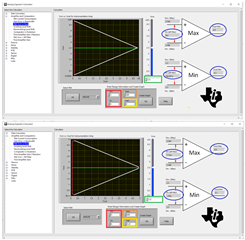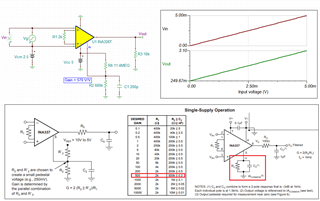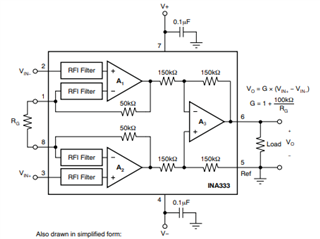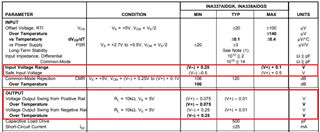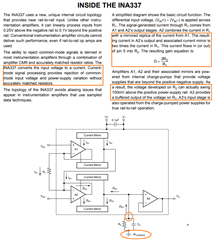Other Parts Discussed in Thread: INA326, ADS131M06, INA333, INA337
Hello,
I have some uncertainty regarding INA338 instrumentation amplifier. Is there some verified SPICE model? I would like to simulate my circuit, to find confidence in it before ordering PCBs.
Thanks in advance,
Stanislav



